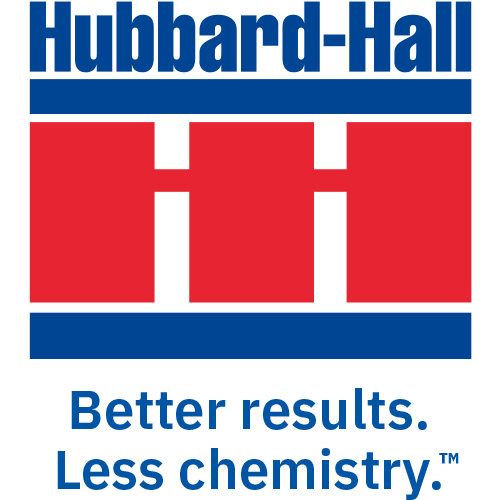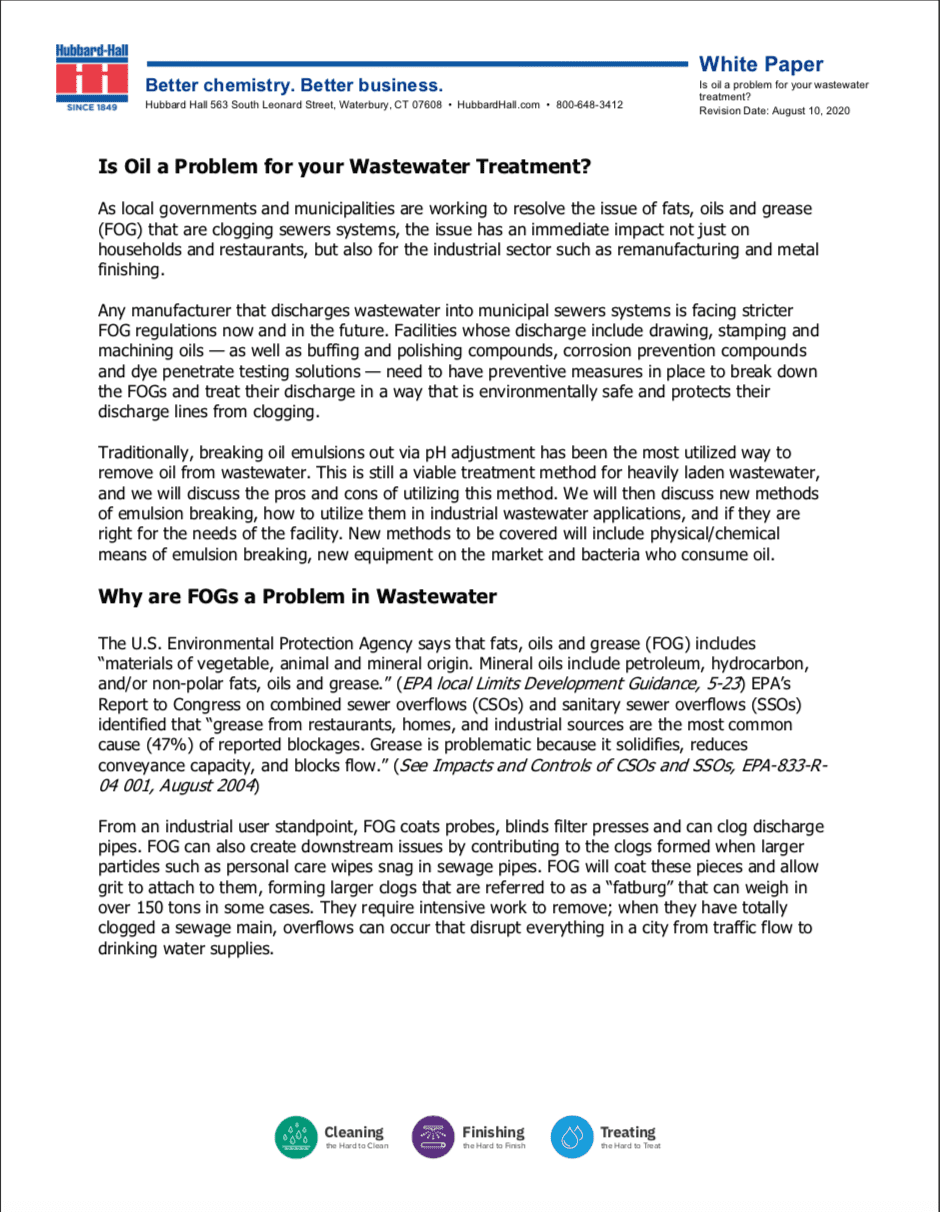Is Oil a Problem for your Wastewater Treatment?
As local governments and municipalities are working to resolve the issue of fats, oils and grease (FOG) that are clogging sewers systems, the issue has an immediate impact not just on households and restaurants, but also for the industrial sector such as remanufacturing and metal finishing.
Any manufacturer that discharges wastewater into municipal sewers systems is facing stricter FOG regulations now and in the future. Facilities whose discharge include drawing, stamping and machining oils — as well as buffing and polishing compounds, corrosion prevention compounds and dye penetrate testing solutions — need to have preventive measures in place to break down the FOGs and treat their discharge in a way that is environmentally safe and protects their discharge lines from clogging.
Traditionally, breaking oil emulsions out via pH adjustment has been the most utilized way to remove oil from wastewater. This is still a viable treatment method for heavily laden wastewater, and we will discuss the pros and cons of utilizing this method. We will then discuss new methods of emulsion breaking, how to utilize them in industrial wastewater applications, and if they are right for the needs of the facility. New methods to be covered will include physical/chemical means of emulsion breaking, new equipment on the market and bacteria who consume oil.







